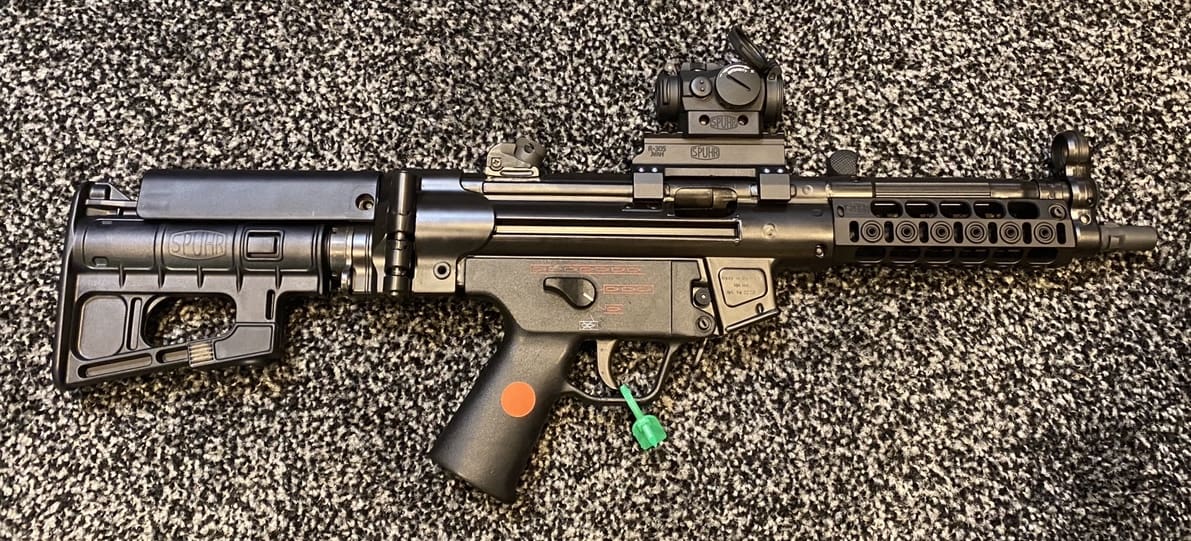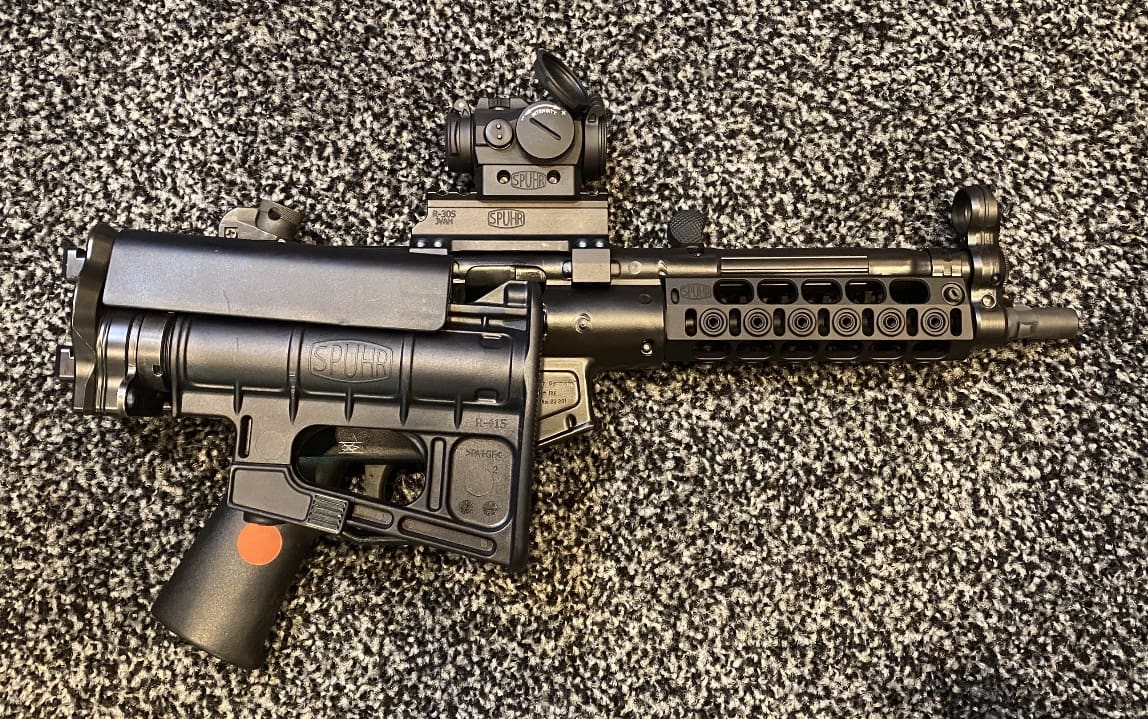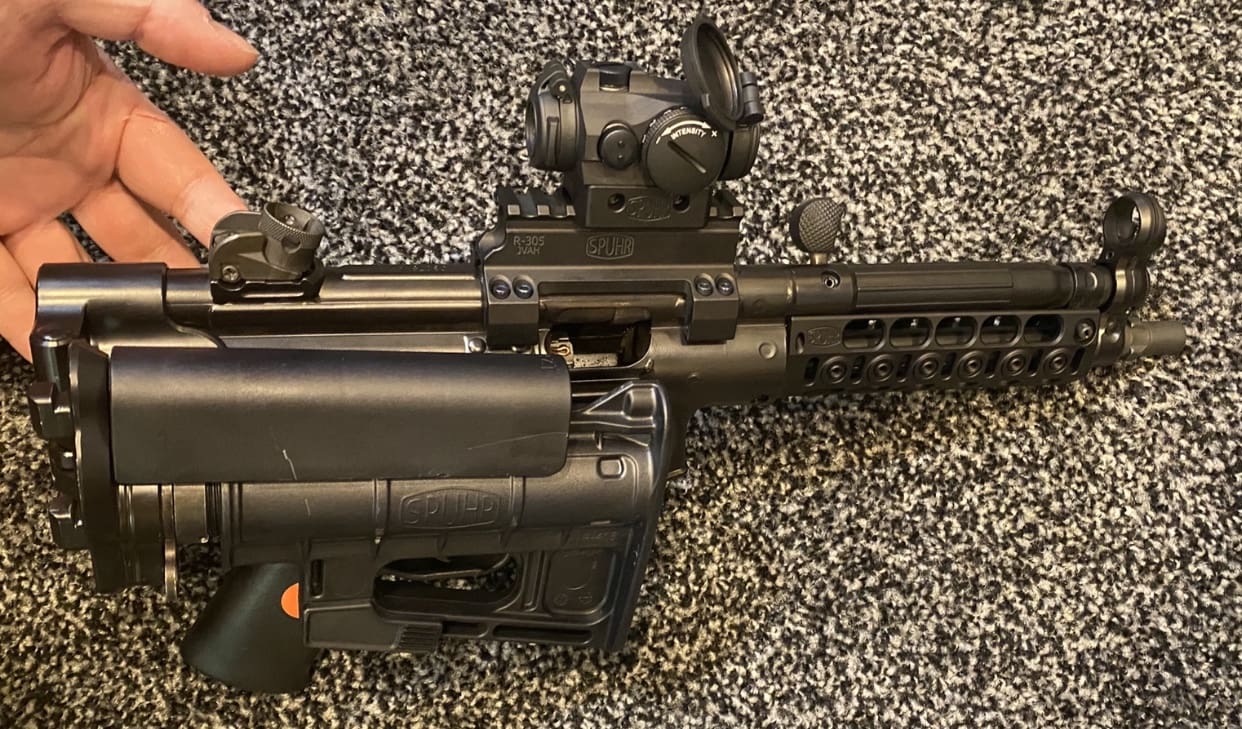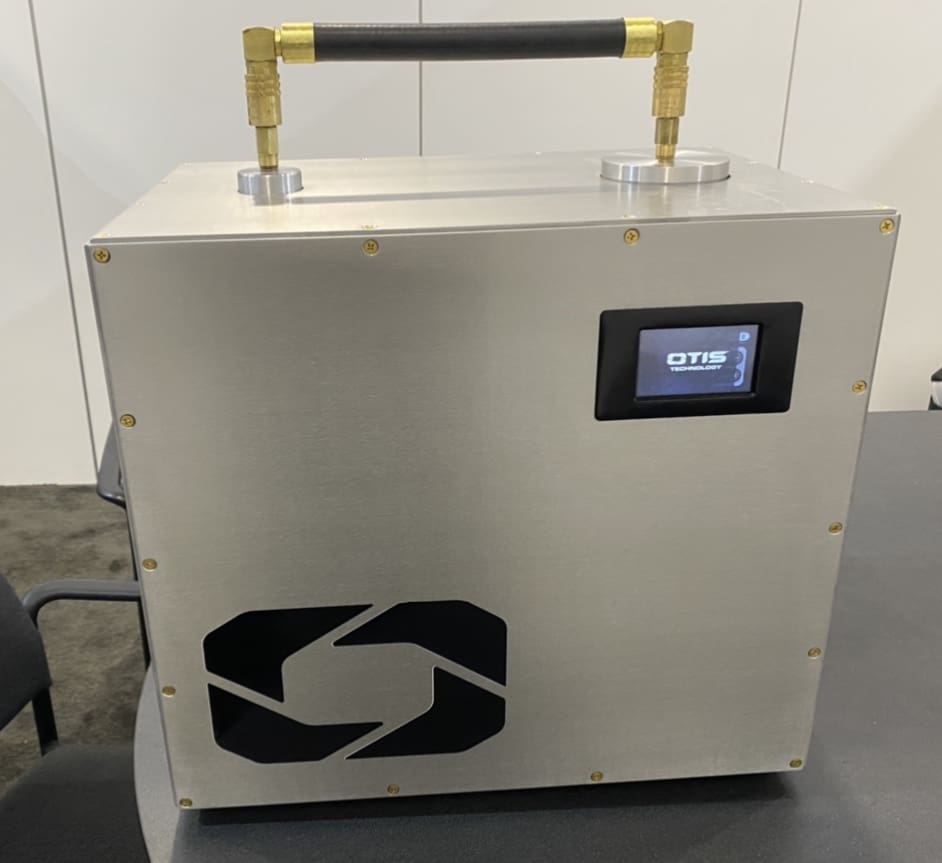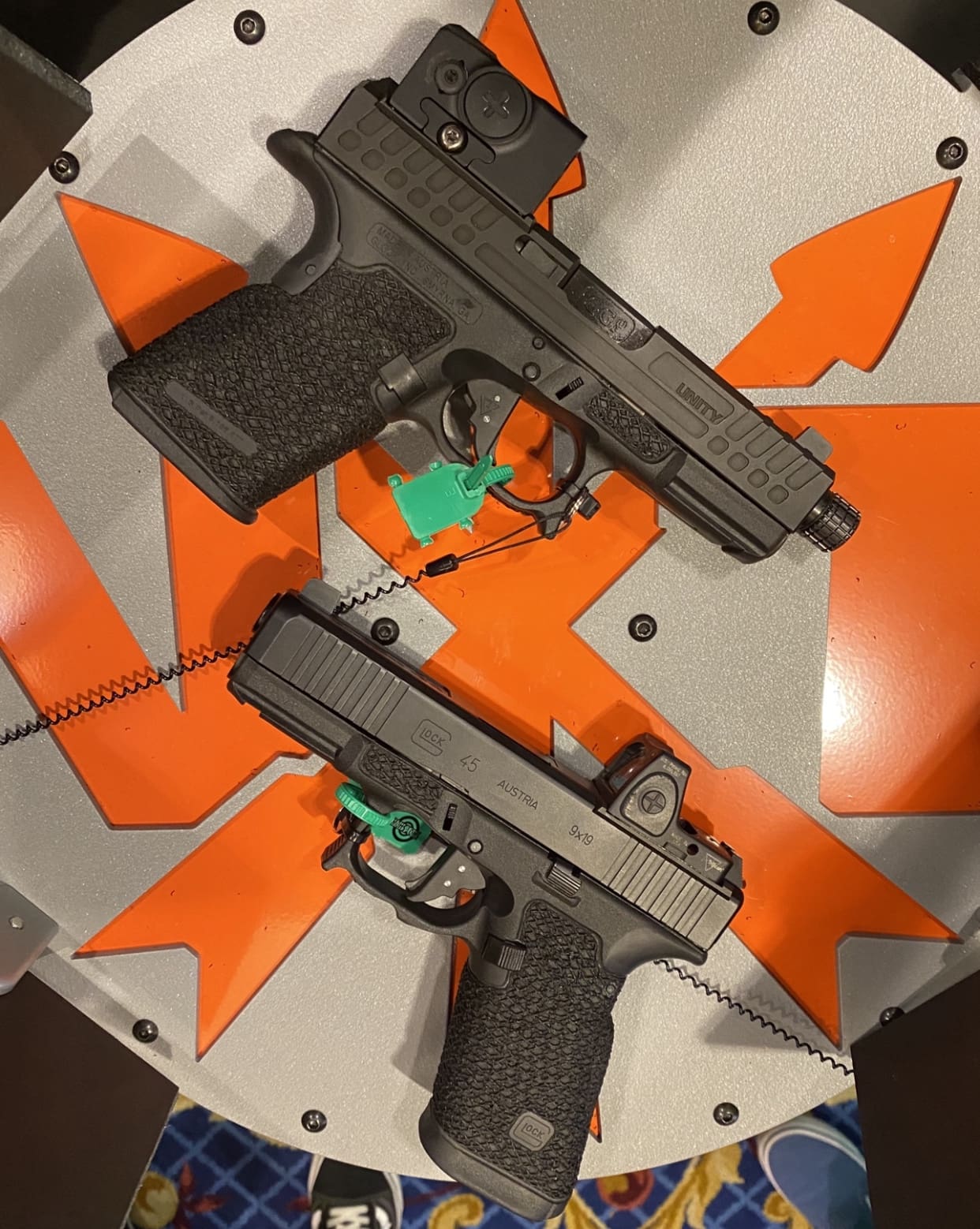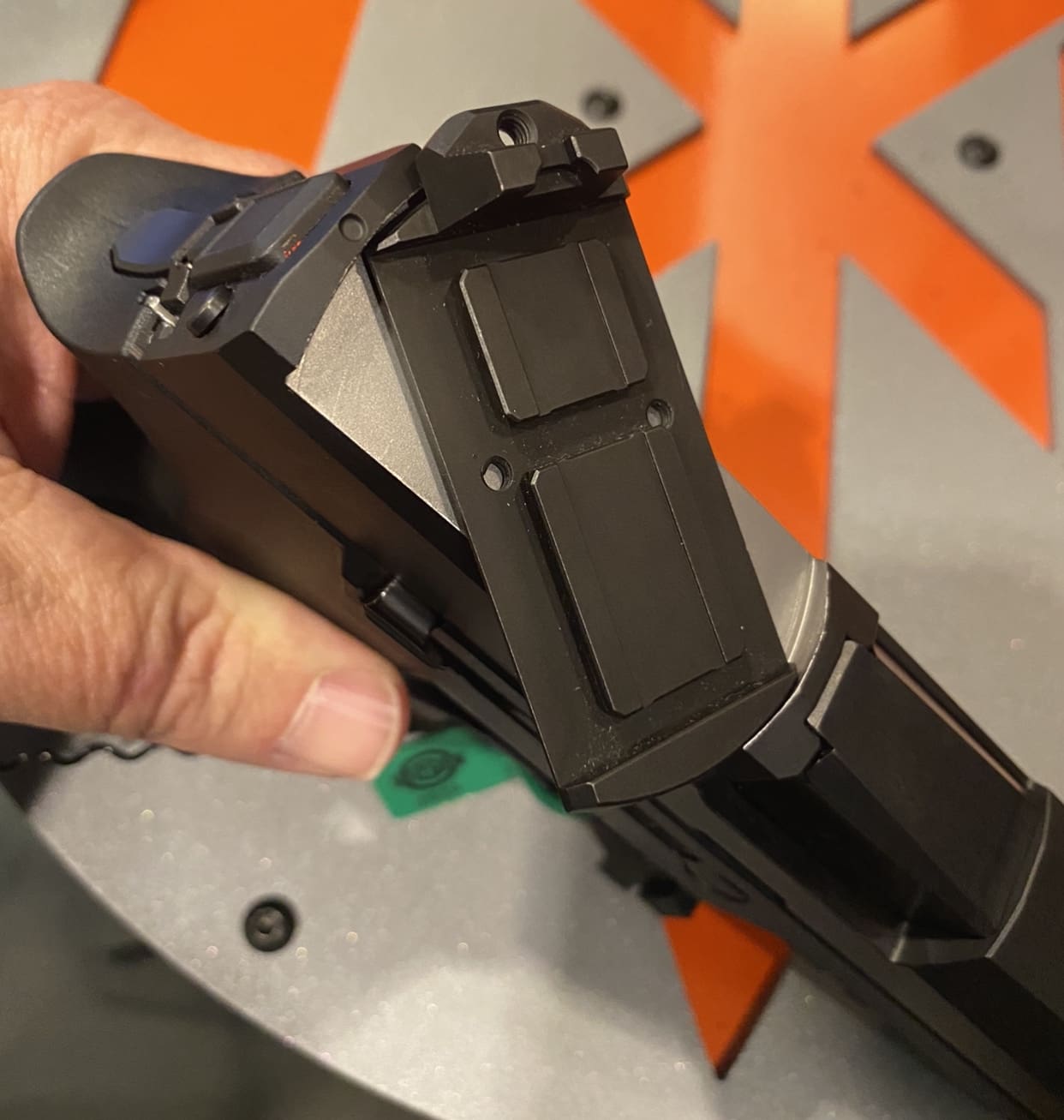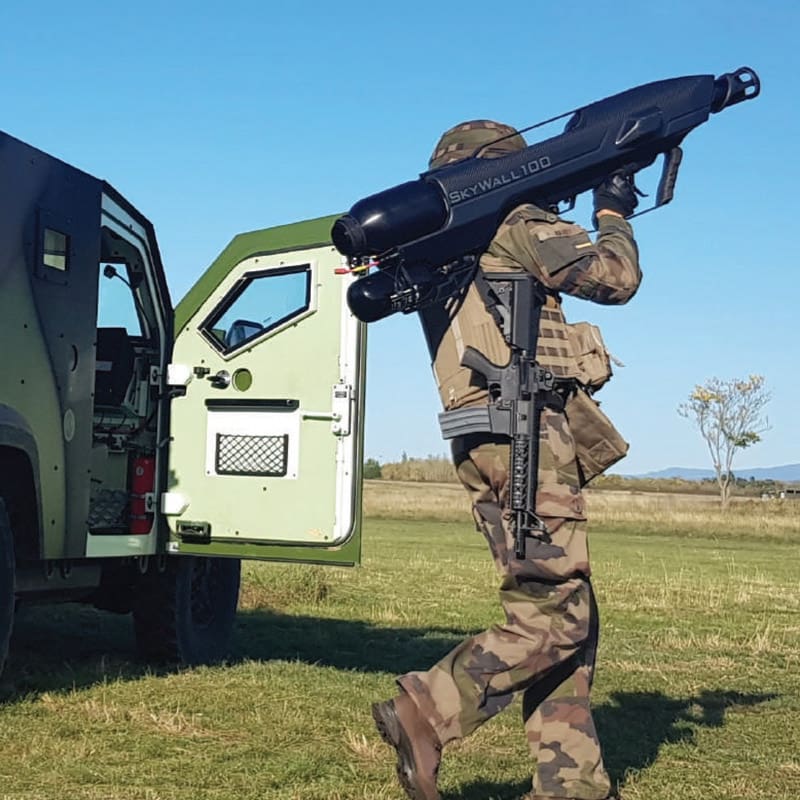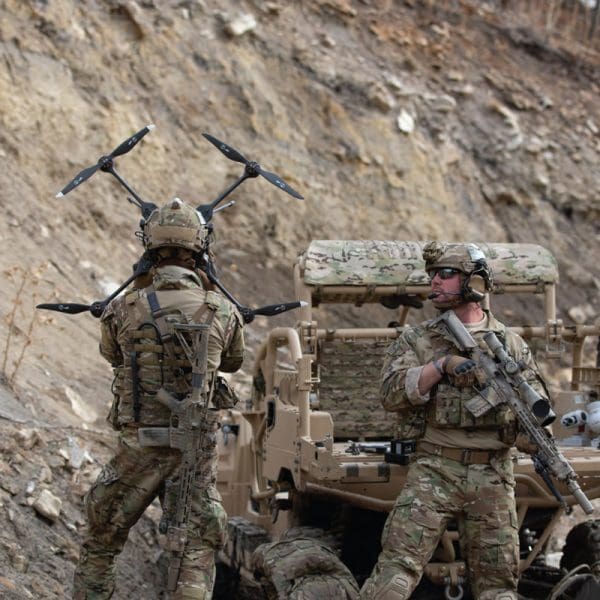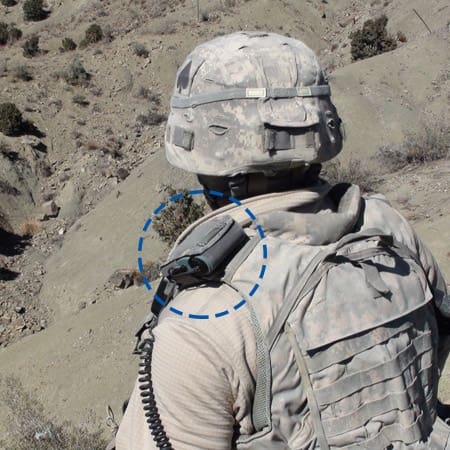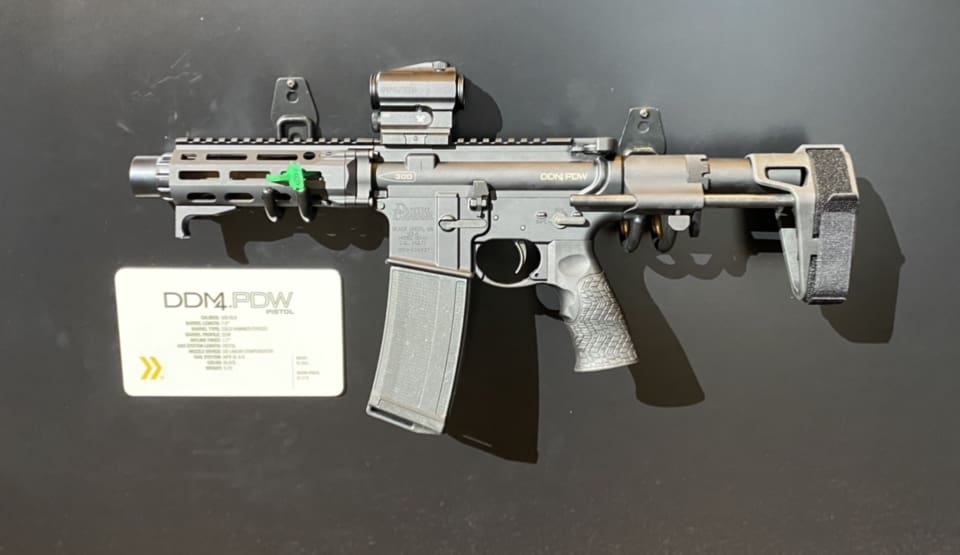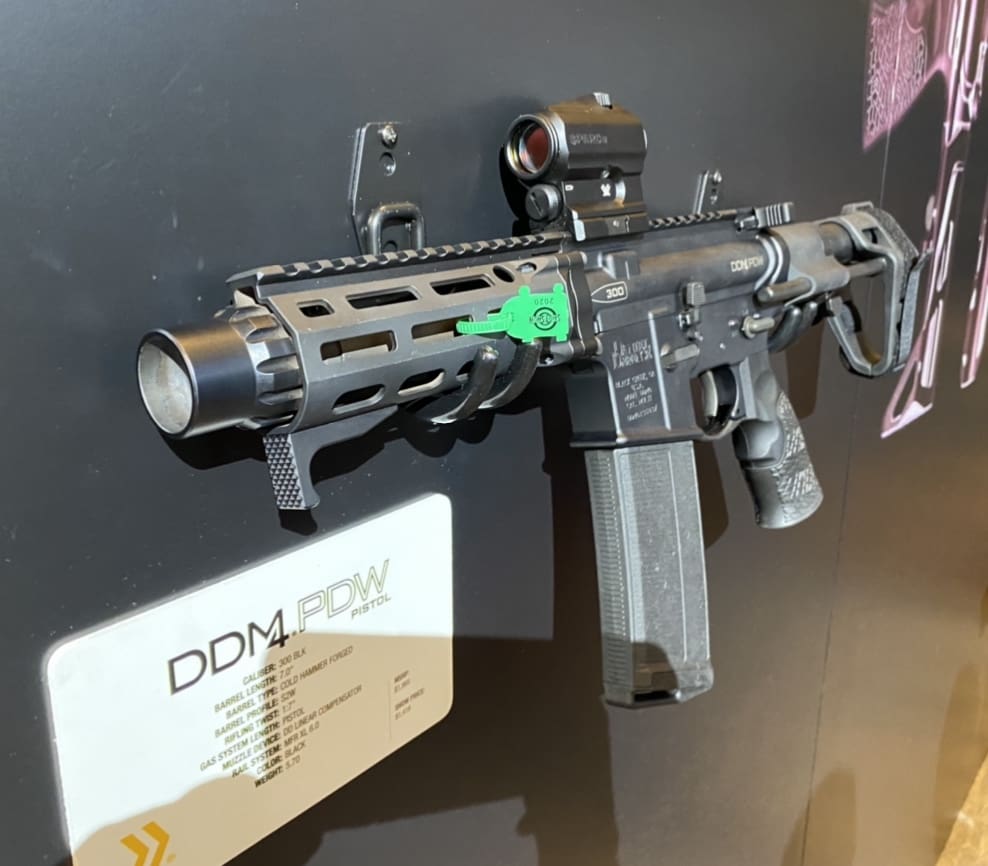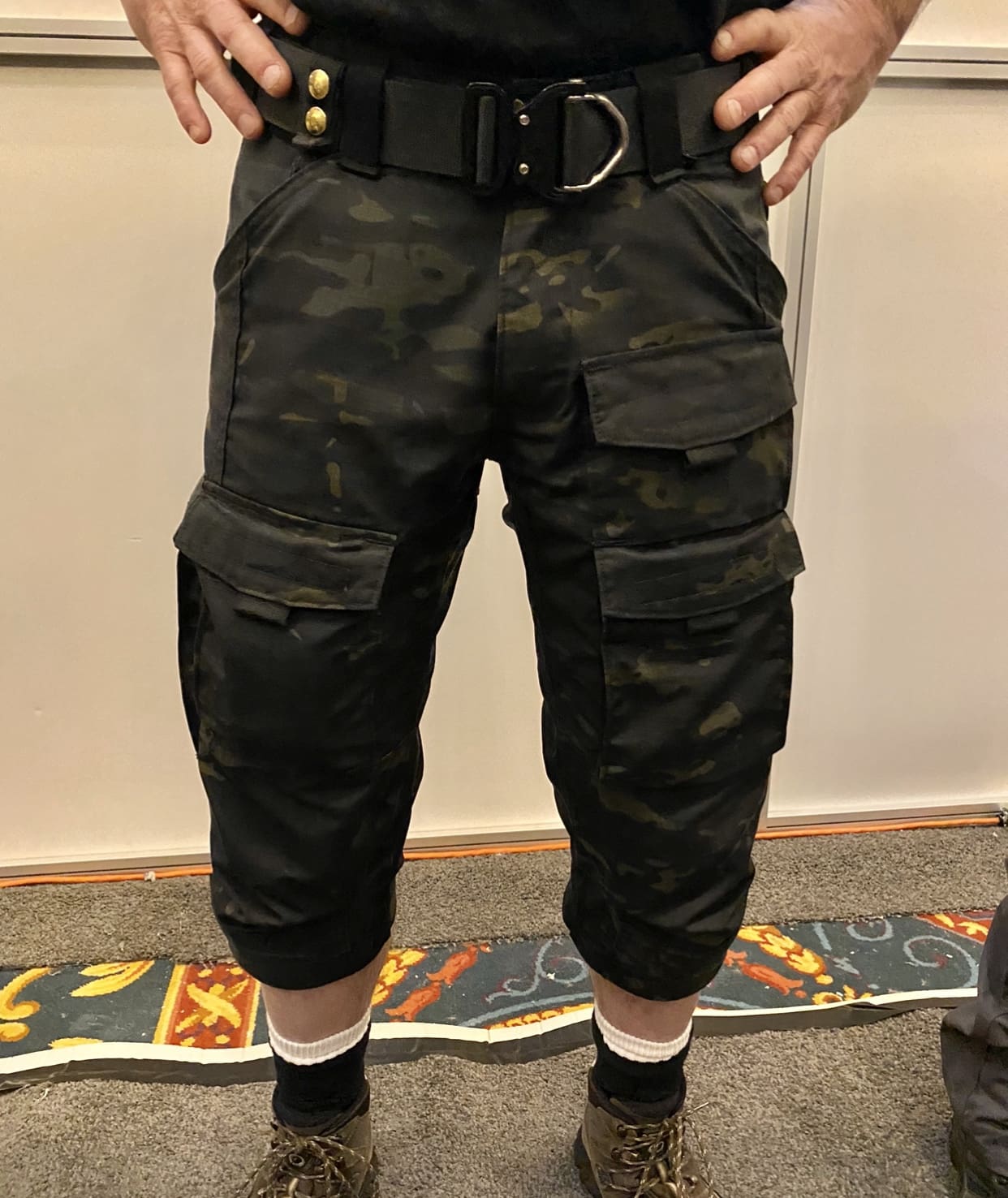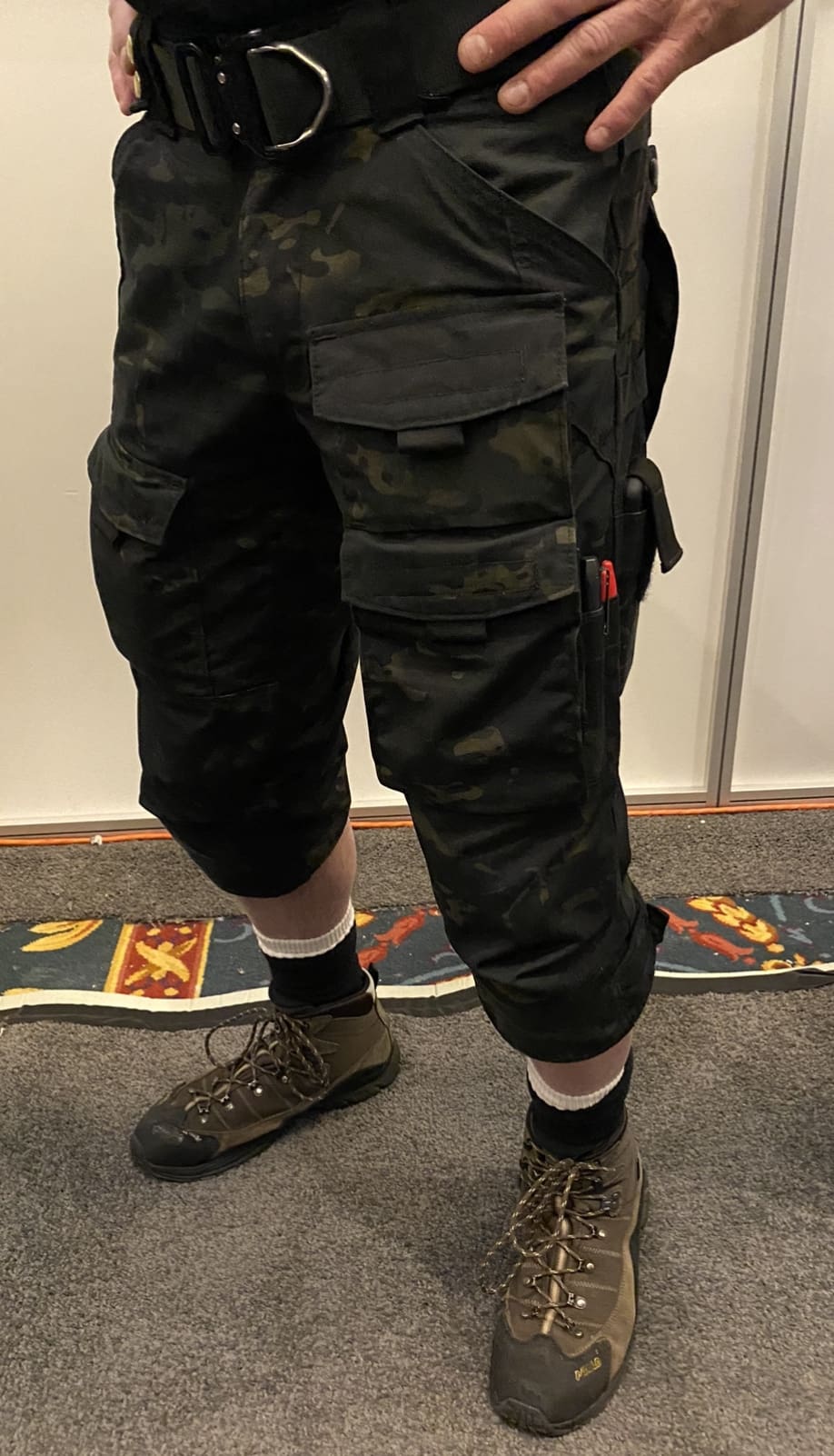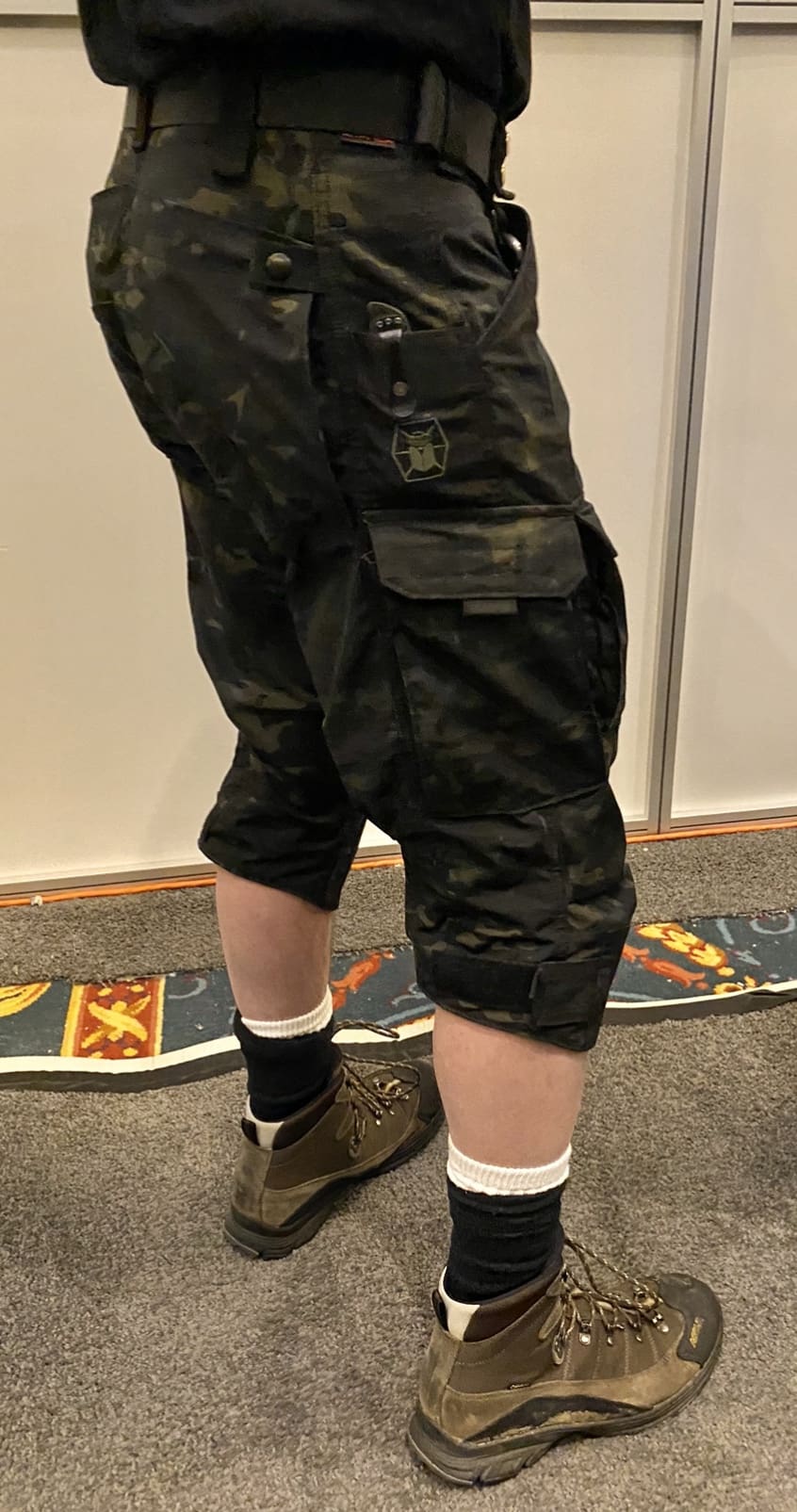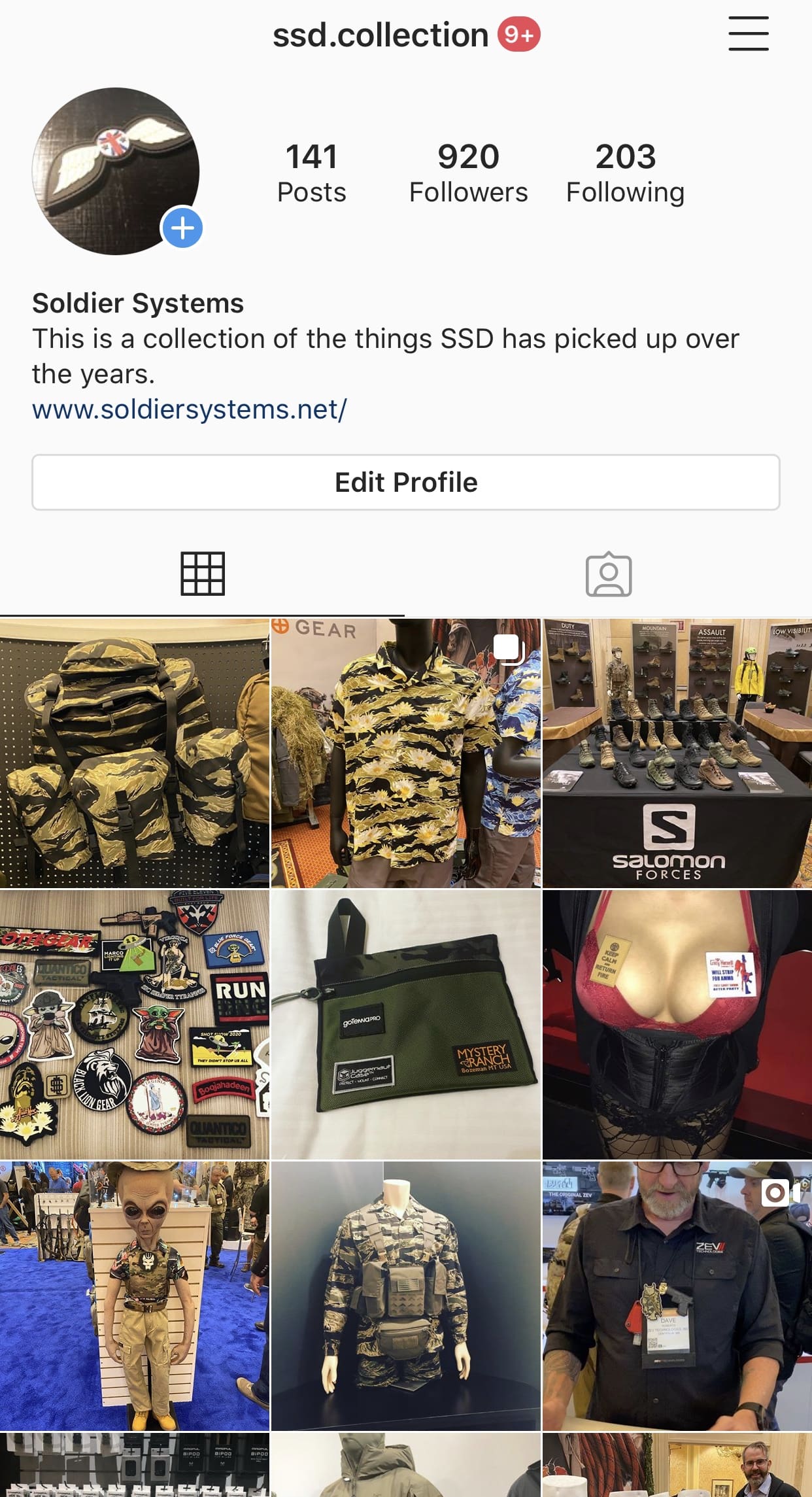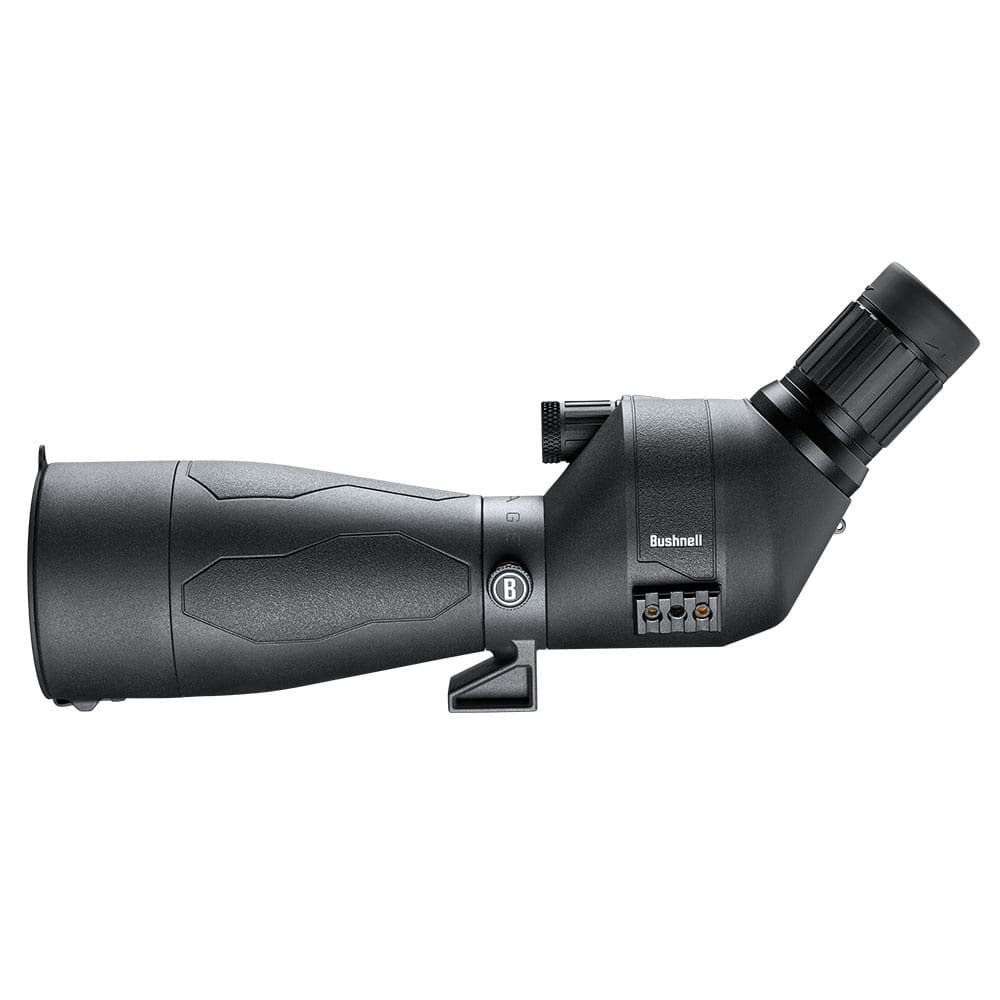
OVERLAND PARK, Kansas – January 22, 2020 – Bushnell, an industry leader in performance optics, has expanded its popular line of Engage products with three new models for 2020. Engineered with modern features hunters and shooters demand, the new Engage models consist of a new riflescope with illuminated reticle, a new 20-60x80mm spotter with metal chassis and a new 10x42mm binocular.
Designed to deliver high-end quality at affordable prices, the new Engage products continue to produce leading results whether used on the range or in the field.
Engage Riflescope – For 2020, Bushnell has added a new riflescope to the Engage line with the availability of a new 3-9×40 riflescope with illuminated reticle. Combining premium glass with an illuminated riflescope reticle for superior target contrast in low light situations, the new Engage riflescope makes sight acquisition quick an easy. Six brightness settings enable precise aiming in any lighting situation while the scope’s low-profile design allow it to be easily mounted on a variety of firearm platforms. In addition, the riflescope features capped elevation and windage turrets to prevent unwanted movement along with a fixed 100-yard parallax. Additional standard features found on both riflescopes include a 1-inch tube, second focal plane design, fast focus eyepiece and EXO™ Barrier lens technology for protection against all elements.
Engage DX Spotting Scope – Purpose built for the hybrid hunter/shooter, the Engage DX spotting scope simplifies long range viewing with fully multi-coated optics combined with a new rugged construction. The 20-60x80mm spotter provides users with bright, clear images while its new metal chassis and rubber armor protect the optical system for a lifetime of use. High quality images are always guaranteed through Bushnell’s dielectric prism coating and patented EXO™ Barrier finish. The new Engage DX spotter is standard with an angled eye-piece with twist-up eyecups along with a built-in sunshade for easy operation during long days in the field. Additional new features include built-in picatinny accessory rails at the rear of the spotter for optional accessories and a rotating tripod collar.
Engage X Binocular – For those in search of a quality pair of binoculars with enhanced low-light performance at an entry level price point, the new Bushnell Engage X 10-42mm binoculars won’t disappoint. Designed with a lightweight, IPX7 waterproof construction that is 23% lighter than the Engage DX 10-42, the new binoculars are ideal for extended use. High quality images are ensured through fully multi-coated optics along with the company’s proprietary EXO™ Barrier lens technology for protection against water, fog, dust and debris. The new Engage X binoculars have been designed to fit comfortably in the hand and feature durable rubber armor with aggressive texturing for use in inclement weather. The binocular’s ultra-smooth focus wheel allows users to quickly find their target while providing the perfect definition to help ensure no detail goes unnoticed. For customized viewing controls, the Engage X binocular is standard with twist-up eyecups and an adjustable diopter. Tripod compatible for those seeking added stability, the new Engage X binoculars are ideal for everything from hunting to general observation.
The Engage products along with other new optics models will be on display during the 2020 SHOT Show (Booth No 14551), January 21-24 at the Sands Expo Center in Las Vegas, Nevada.
For more information on these new products or to view the complete line of Bushnell optics, visit www.bushnell.com.
